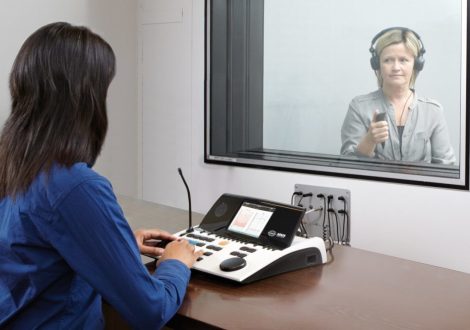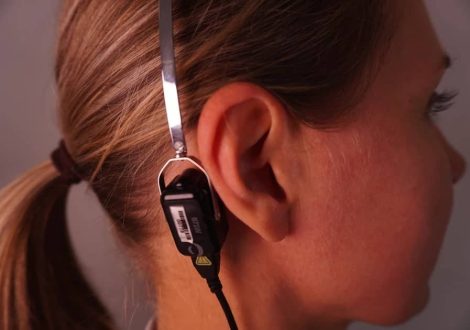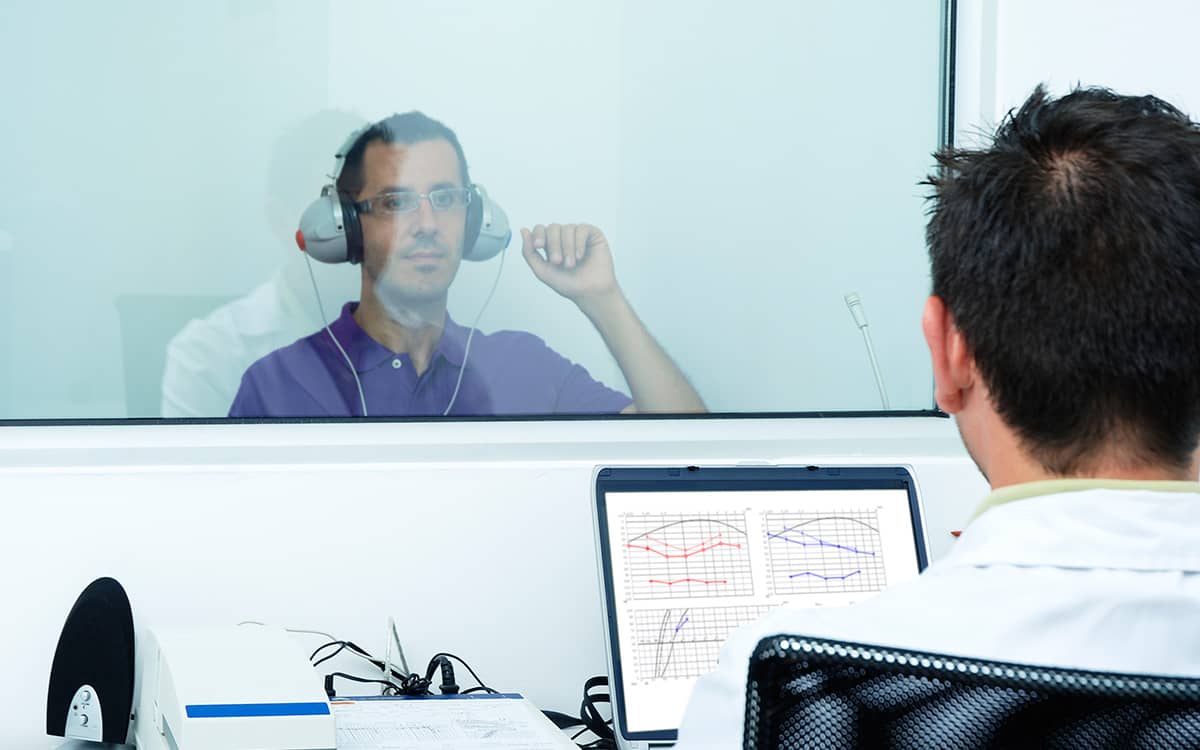1. Introduction
On your first visit, the audiologist will take your case history. This includes talking about your medical history and the hearing problems you have.
Next, the audiologist will look into your ears using a light, called an otoscope. This is to check if there is anything in your ear that will make it hard to test your hearing.

2. Types of Hearing Tests
The audiologist will then do different tests to find out the following information:
- If you have a hearing loss
- Why you have a hearing loss
- How bad your hearing loss is in each ear?
- What the best treatment options are for you
Your audiologist will go over all of your test results with you. This will tell you about how well you hear and what problems you have.
As you can see, a hearing evaluation is much more than "just a hearing test!"
we can categorize hearing tests as below:
- Pure-Tone Testing
- Bone Conduction Testing
- Speech Testing
- Tympanometry
- Acoustic Reflex Measures

2-1. Pure-Tone Testing
This is the most common hearing test. Here’s how it works:
1. You sit in a sound-treated room.
2. You wear headphones or insert earphones.
3. The audiologist uses a machine called an audiometer. Audiometers deliver sounds at different frequencies and loudness levels.
4. You raise a hand, press a button or say “yes” when you hear sounds.
5. The audiologist records your responses on an audiogram. Audiograms chart your hearing loss patterns. If you have hearing loss, the audiogram shows the degree of hearing loss you have.

2-2. Bone Conduction Testing
Audiologists use this test to determine if there’s wax or fluid buildup that may be blocking your middle or outer ear, or if hearing loss is present in the sensory cells of the hearing organ. The test also shows the audiologist how well you hear.
1. The audiologist puts a small device behind your ear or on your forehead.
2. They send sounds through the device. Those sounds make your skull vibrate very gently.
3. The vibration skips your outer and middle ear and goes to your inner ear.

2-3. Speech Testing
Your audiologist may do a speech test along with a pure-tone test. Speech tests evaluate your ability to listen to words and repeat them.
1. Like the pure-tone test, you wear headphones or insert earphones.
2. Your audiologist will say words in softer and louder sound levels.
3. You’ll repeat the words your audiologist says.
4. Your audiologist will record the softest speech you can repeat.
5. They may also ask you to repeat words spoken at a louder level to test your word recognition.

2-4. Tympanometry
Tympanometry tests how well your eardrum moves. The audiologist will put a small probe, which looks like an earphone, into each ear. A small device attached to the probe will push air into your ear. The person testing you will see a graph on the device, called a tympanogram. All you have to do is sit still.
The shape of the graph tells the audiologist about how your eardrum moves. It will show if your eardrum moves the correct way, is too stiff, moves too much, or has a hole in it. This can help the audiologist know if you have middle ear fluid, a hole in the eardrum, or wax in your ear canal. The test can help find out if a child has an ear infection.

2-5. Acoustic Reflex Measures
A tiny muscle in the middle ear tightens when you hear a loud sound. This is an acoustic reflex and it happens without you knowing it. How loud the sound needs to be before this reflex happens can tell a lot about your hearing. If your hearing loss is very bad, you may not even have a reflex.
This test is like tympanometry. The sounds will come through a probe in your ear. A device will record your reflex.



